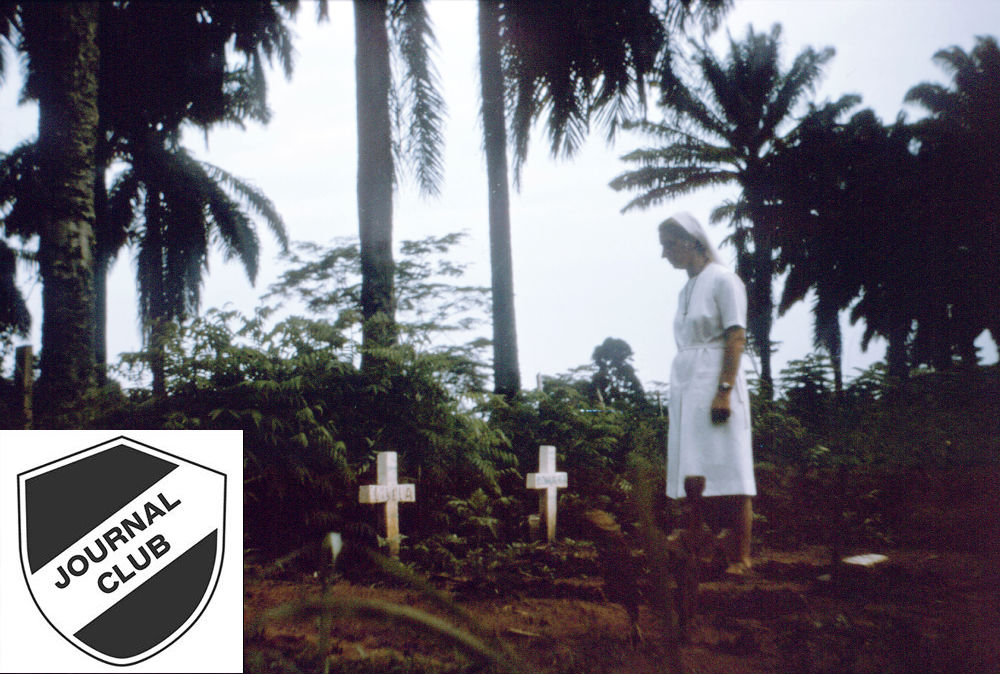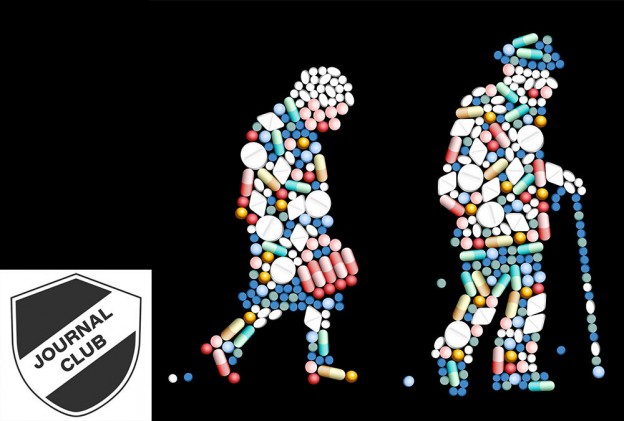Richard’s Review: The Start of the Ebola Outbreak
Posted on 19th November 2014 by Pishoy Gouda

From Richard’s Reviews, Pishoy highlights the devastating effects of Ebola from a recent article in the New England Journal of Medicine “Clinical Illness and Outcomes in Patients with Ebola in Sierra Leone” as well as give us a brief overview of the viral disease.
Clinical Illness and Outcomes in Patients with Ebola in Sierra Leone
What is Ebola?
Ebola virus disease (EVD) is an infection illness caused by the infamous Ebola virus. The strain that has been identified in the 2014 outbreak is the Zaire species. The virus is transmitted most commonly by direct contact and is associated with very poor prognosis, which has been reported to range from 45 to 90%. Symptoms begin as fever, fatigue, headache, and muscle pain. Unfortunately, they frequently progress to vomiting, diarrhoea, internal and external bleeding, as well kidney and liver failure.
How does it cause symptoms? (Pathophysiology)
Once the disease is inside the body, the virus begins to attack components of the immune system called macrophages and monocytes. The immune cells then rise to the challenge and begin secreting a vast amount of cytokines (products that promote inflammation). Our immune system normally mounts this defence to increase blood flow and help clear out the infection. However, in this case, the virus uses this to its advantage, using the increased blood supply to spread through the body. At the same time, the Ebola virus begin to attack the cells in the liver (hepatocytes), that normally filter the blood, making it less likely for the virus to be cleared from our systems.
As the virus begins to infect the linings of the blood vessels (endothelial cells), through several metabolic processes, it detaches from its neighbouring cells. The end result is that you have a very friable vascular system, which is likely to bleed and cause the pathognomonic haemorrhagic fever of EVD. Although haemorrhage is commonly associated with EVD, it is actually a less frequently seen complication. More commonly patients succumb due to multi organ failure and dehydration.
The unfortunate twist is that while this is all happening, your immune system is still pumping out inflammatory markers and has activated the coagulation cascade (the series of steps to form clots). This leads to the unfortunate paradox where there is both a high risk of disastrous bleeding (haemorrhage) or deadly clots (thrombosis).
What this study adds?
This study presents the first 106 patients that were diagnosed with EVD in Sierra Leone with the hopes of providing a founding for understanding the clinical course of this Ebola outbreak. Unfortunately, this study confirms that EVD has a very poor prognosis, with a case fatality of 74%. Most patients presented with generalised symptoms such as fever, headache and weakness. As expected, laboratory factors that predicted poor prognosis were raised blood urea nitrogen, raised liver enzymes (AST > ALT) and creatinine. Patients who were younger (< 21) or who had less copies of the virus in their blood were associated with better outcomes. Interestingly, bleeding only occurred in one of the patients, much lower than previous outbreaks.
Take home message
EVD is severe and life-threatening disease that presents with generalised symptoms that rapidly progresses to more serious symptoms. In this outbreak, bleeding was not a common symptom. Students and physicians should have a high index of suspicion for the disease in patients that have recently travelled to affected countries or with a history of contact with affected individuals.
See our other blogs on Richard’s Reviews here.
*The featured image shows Sister Marietta observing the burial sites of colleagues who had recently died in the Ebola outbreak of August, 1976. The photo is from Wikimedia Commons.




No Comments on Richard’s Review: The Start of the Ebola Outbreak